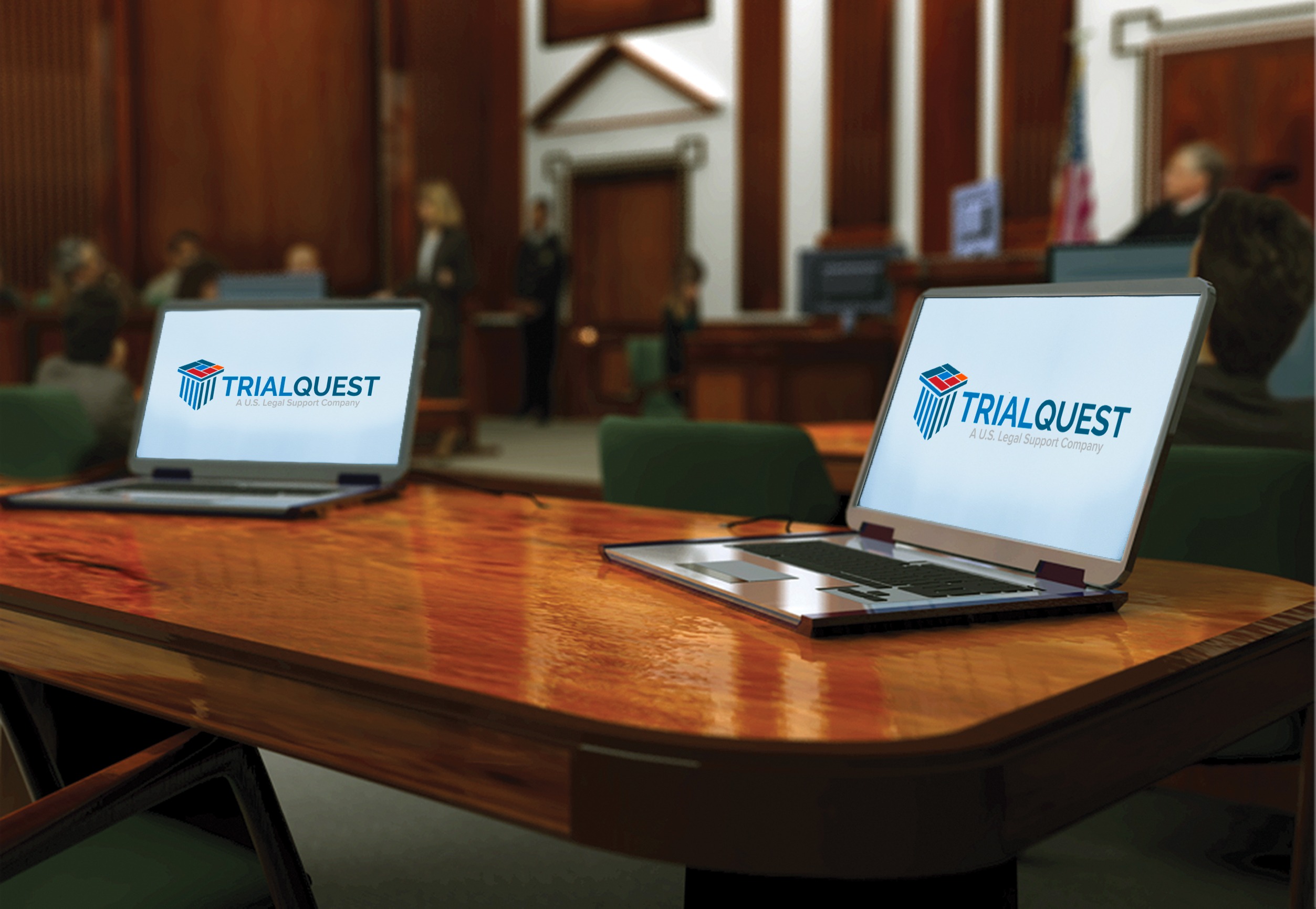The Impact of Well-Organized Trial Presentations on Jury Decisions
The Impact of Well-Organized Trial Presentations on Jury Decisions
Blog Article
The Power of Visuals in Trial Presentations for a Winning Argument
The integration of visuals in test discussions has emerged as an essential consider effectively communicating intricate arguments to jurors. By using various kinds of visual help-- be it diagrams, photographs, or animations-- lawyers can improve understanding and retention, ultimately shaping the court's understanding of the instance. This approach not only clarifies complex narratives but also develops an emotional vibration that can affect decision-making. As we discover the nuances of this technique, it becomes vital to consider exactly how particular sorts of visuals can make a considerable difference in trial outcomes. What functional methods might lawyers utilize to maximize this capacity?
Relevance of Visuals in Tests
In several legal settings, visuals play an important function in improving the performance of trial discussions. The combination of aesthetic aspects can significantly influence jurors' understanding and retention of complicated information, thereby forming their assumptions and choices. Visuals, such as graphes, layouts, and pictures, can streamline elaborate stories, making them extra accessible and engaging.
Furthermore, the human brain procedures visual info extra successfully than message, which highlights the significance of integrating visuals right into legal debates. By equating dense legal concepts into aesthetic styles, lawyers can facilitate more clear communication, guaranteeing that vital points are not neglected throughout trials.
Furthermore, visuals serve to engage jurors on an emotional degree, promoting a link to the situation that words alone might stop working to achieve. The critical use visuals can evoke empathy, motivating jurors to consider the human facets of the situation.
Inevitably, the relevance of visuals in trials hinges on their capability to improve clarity, enhance juror involvement, and reinforce the narrative being offered. This powerful combination is necessary for crafting persuasive arguments that resonate with jurors and influence the end result of legal process.
Sorts Of Visuals to Use
Efficient test presentations can significantly take advantage of a range of aesthetic tools that deal with various elements of the case. trial presentations. Making use of representations and graphes can properly damage down intricate info, making it more digestible for jurors. For example, flowcharts can show the sequence of occasions, while bar graphs might succinctly contrast relevant information factors.

Animations and simulations can also play an essential function, especially in situations including technological information or intricate circumstances. These visuals can dynamically stand for procedures or activities, providing clarity and interaction that fixed images may not attain.
Moreover, infographics incorporate text and visuals to summarize important info successfully. They can offer timelines, statistics, and significant situation points in an aesthetically appealing manner, making it easier for jurors to comply with the argument.
Enhancing Understanding and Retention

Enhancing comprehension and retention throughout test presentations click here for more info is vital for making certain that jurors grasp the important aspects of a situation. Visual help act as powerful devices hereof, translating intricate information right into easily absorbable styles. By using graphes, layouts, and infographics, attorneys can simplify intricate information and emphasize vital factors that may or else be overlooked.
Research studies have revealed that people maintain information significantly better when it exists aesthetically. This is specifically essential in a test setup, where jurors might be bewildered by the quantity of evidence and statement. By tactically including visuals, attorneys can guide jurors' interest to the most important facets of the instance, enhancing their understanding and memory of the product offered.

Producing Involving Presentations
Captivating jurors' interest throughout trial presentations is vital for sharing an engaging narrative. Engaging presentations take advantage of aesthetic elements to create a remarkable experience that reverberates with jurors. The tactical usage of graphics, animations, and video clips can elucidate intricate details, making it a lot more available and relatable.

In addition, including storytelling strategies can enhance involvement. Offering proof in a sensible series that develops sob story permits jurors to connect with the product on an individual level. Numerous presentation styles, such as incorporating brief video clip clips or interactive components, can also sustain passion and attention throughout the test.
Ultimately, an appealing discussion fosters a much more profound understanding of the situation, allowing jurors to better value the disagreements existing and leading to a much more beneficial outcome.
Case Research Studies and Success Stories
Various situation research studies highlight the significant impact of visuals in test presentations, demonstrating their capacity to influence juror assumptions and eventually the results of instances. A remarkable situation involving an individual injury claim highlighted exactly how the usage of a 3D animation of the crash scene cleared up intricate information. Jurors reported really feeling more enlightened and understanding, dramatically swaying their decision for the plaintiff.
In another instance, a corporate lawsuits case made use of infographics to present economic data and timelines, making elaborate details easily accessible. The aesthetic representation made it possible for jurors to comprehend the subtleties of the case much more successfully than spoken descriptions alone. trial presentations. As an outcome, the jury returned a decision that went beyond the customer's assumptions
Furthermore, a criminal protection instance utilized pictures and video proof to develop an alibi. The compelling visuals not only assisted in creating uncertainty but also reverberated mentally with jurors, causing a pardon. These success tales highlight the requirement of incorporating visuals right into useful content trial discussions, as they enhance understanding, retention, and ultimately, the persuasive power of lawful arguments. The strategic use visuals is undeniably changing the landscape of trial campaigning for.
Final Thought
In conclusion, the calculated unification of visuals in trial discussions substantially enhances jurors' comprehension and retention of complex information. Involving presentations, sustained by engaging instance researches, demonstrate the profound impact that visuals can have on convincing interaction.
Report this page